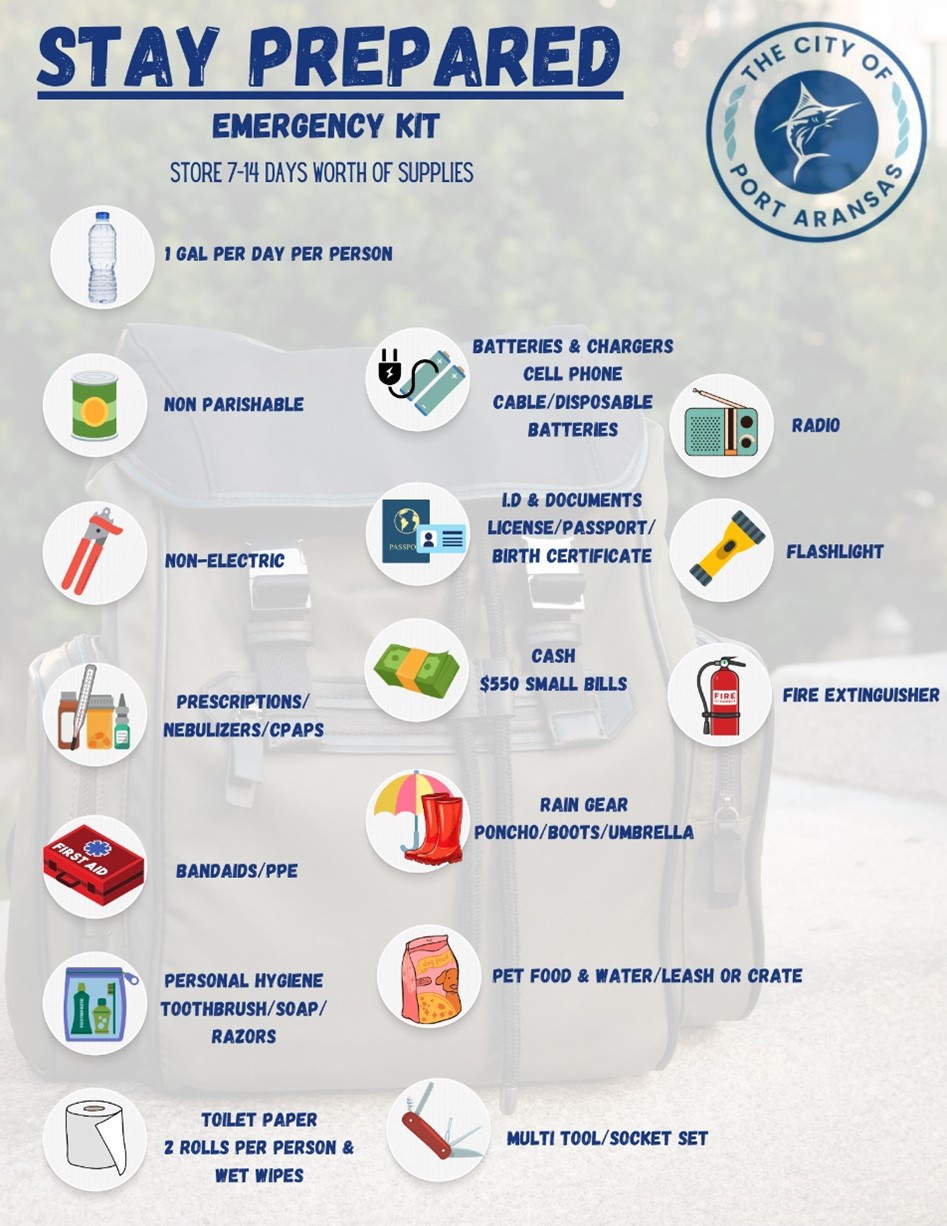Before the Storm
SHELTER IN PLACE
You need to ensure that your family members can take care of themselves if you do “hunker down” when a hurricane arrives.
The Exterior
- Install storm shutters or place fitted plywood over the windows
- Clear the roof and gutters of leaves, branches, and additional nature-related refuse
- Trim trees and shrubs
- Caulk doors and windows
- Clear the yard of anything and everything that could blow away
- Turn off propane tanks
The Interior
- Have entertainment options for the entire family, including pets
- Turn your freezers and refrigerators lower than normal, and keep them closed as long as possible
- Unplug small appliances
- Turn off your air conditioner
- Be sure you have multiple exits that work, including the garage door
- A toolbox filled with items relevant to your home’s needs
- Fill bathtubs with water for flushing and washing only
Some hurricane preparedness lists recommend that you buy a generator and keep enough fuel for a week. While we like this idea, we also realize that this expense isn’t feasible for everyone in terms of price, location, availability, and ownership situation.
https://www.fema.gov/sites/default/files/documents/fema_shelter-in-place_guidance-hurricane.pdf
GO BAG

Every household should pack a Go Bag — a collection of items you may need in the event of an evacuation. A Go Bag should be packed in a sturdy, easy-to-carry container such as a backpack or suitcase on wheels. A Go Bag should be easily accessible if you have to leave your home in a hurry. Make sure it is ready to go at all times of the year.
- Bottled water and non-perishable food such as energy or granola bars
- Flashlight
- Battery-operated AM/FM radio and extra batteries
- Keep a list of the medications each member of your household takes, why they take them, and their dosages. Medication information and other essential personal items. If you store extra medication in your Go Bag, be sure to refill it before it expires.
- First-aid kit
- Contact and meeting place information for your household, and a small regional map
- Child care supplies or other special care items
HOUSEHOLD DISASTER PLAN
Find out what could happen to you and your family
- Contact your local emergency management office; be prepared to take notes.
- Ask what types of disasters are most likely to happen. Request information on how to prepare for each.
- Learn about your community's warning signals: what they sound like and what you should do when you hear them.
- Ask about animal care after disaster. Animals may not be allowed inside emergency shelters due to health regulations.
- Find out how to help elderly or disabled persons, if needed.
- Next, find out about the disaster plans at your workplace, your children's school or daycare center and other places where your family spends time.
Create a Disaster Plan
- Meet with your family and discuss why you need to prepare for disaster.
- Explain the dangers of fire, severe weather, and other hazards to children.
- Plan to share responsibilities and work together as a team.
- Discuss the types of disasters that are most likely to happen. Explain what to do in each case.
- Pick two places to meet.
- Ask an out-of-state friend to be your "family contact."
- Discuss what to do in an evacuation.
- Plan how to take care of your pets.
Make Emergency Preparations
- Post emergency telephone numbers by phones (fire, police, ambulance, etc.).
- Teach children how and when to call 911 for emergency help.
- Show each family member how and when to turn off the water, gas and electricity at the main switches.
- Check if you have adequate insurance coverage.
- Teach each family member how to use the fire extinguisher (ABC type), and show them where it's kept.
- Install smoke detectors on each level of your home, especially near bedrooms.
- Conduct a home hazard hunt.
- Stock emergency supplies and assemble a Disaster Supplies Kit.
- Take a first aid and CPR class.
- Determine the best escape routes from your home. Find two ways out of each room.
- Find the safe spots in your home for each type of disaster.
Practice and Maintain your Plan
- Quiz your kids every six months so they remember what to do.
- Conduct fire and emergency evacuation drills.
- Replace stored water every three months and stored food every six months.
- Test and recharge your fire extinguisher(s) according to manufacturer's instructions.
- Test your smoke detectors monthly and change the batteries at least twice a year.
EMERGENCY SUPPLY KIT

